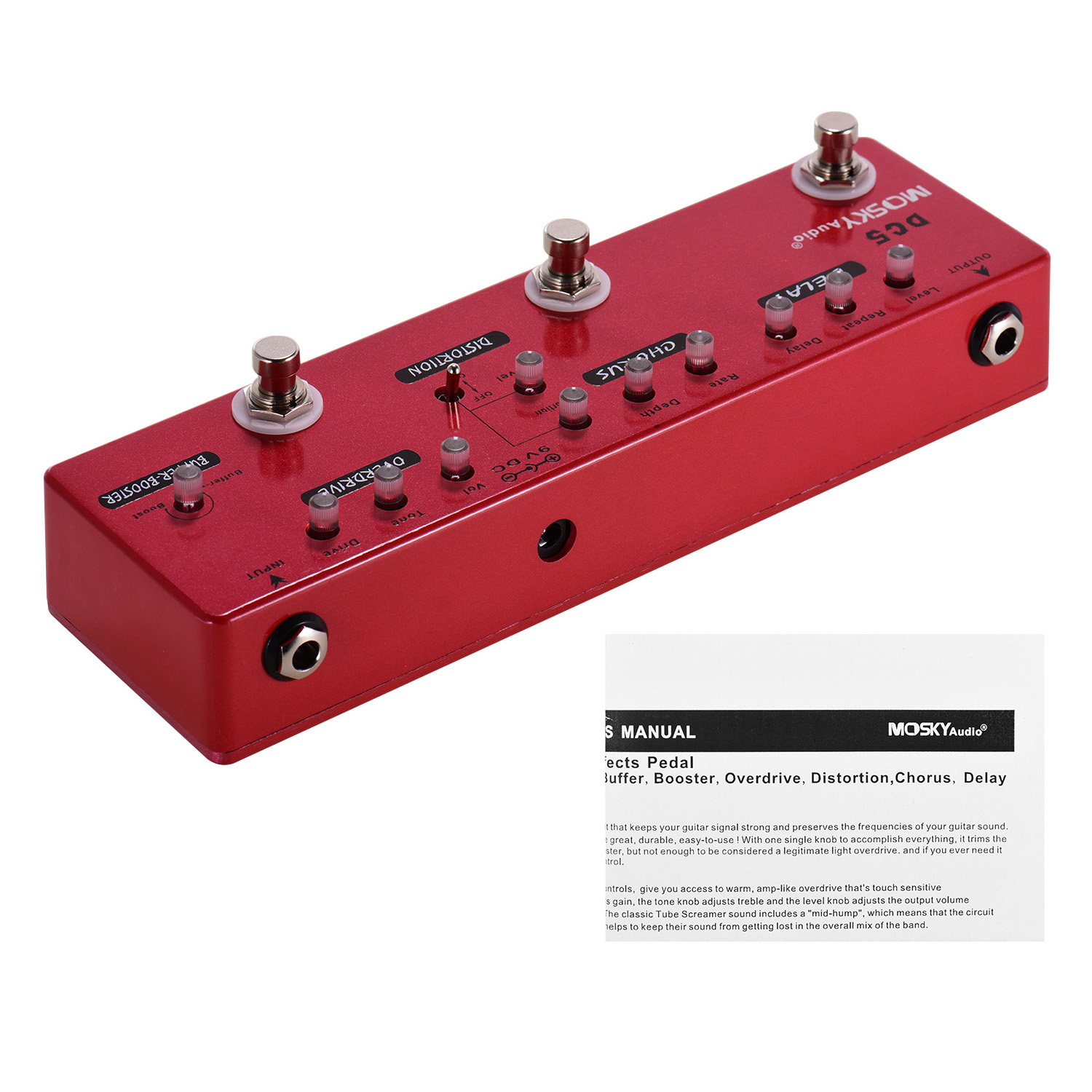

Ohmite Variac as mentioned before, yet set at different levels, depending upon studio/stage requirements, mostly around 89 Volts.Marshall Superlead (late 1960s), as mentioned before, with some modifications possibly in place, although mostly stock otherwise.MXR Midboost (used only occasionally, depending on which guitar Ed used).This is a perfectly good reconstruction of how Eddie Van Halen set up his amp rig to play with on-stage, or in the studio.Īccording to Legendary Tones where this diagram originated from, there is a several step process for linking Ed’s guitar to the end chain of the output of sound: Please see the diagram below for a basic reconstruction of the setup EVH used for the main part of his career. The basis of his setup was fairly stock, although was slightly modified over the years. The true appreciation of Eddie’s genius is not just found in his music, but also in his equipment.Īdditionally, below is a diagram of Eddie Van Halen’s early amp setup. Here is a link to assist you in achieving that classic Van Halen early setup and sound: This is a link to an online forum where a more in-depth analysis of Ed’s early setup for the first Van Halen album is. This is just a basic early setup of Eddie Van Halen’s gear. The EVH Gear website does sell some interesting pedals, amongst other things, if you cannot follow the original setup.īy the way, Eddie never uses a distortion pedal, preferring instead to use the in-built distortion in the amplifier itself 3. His pedalboard would grow and change over the years. He also used on Eruption a standard Echoplex tape delay system to achieve that sound at the end of “Eruption” on Van Halen I. He was known to use the MXR effects pedals for basic effects 2 (including a MXR Flanger and Phase 90 pedal).


When it came to effects pedals, Ed used a fairly basic setup.

This was probably to modify and contain the sound emitted from his amp. Eddie also used a couple of sixties style basket weave cabinets along with his main Superlead amplifier. This made the effects less noisy, and sounding more realistic as a result in terms of sound production. Essentially this would place the effects and other additional sound modifications more directly through the amp, and adjusting the reproduction of sound effects as a result. There are Marshall Superlead reissues out there, check them out online, eBay is a good place to start as Marshall do not sell them on their website.Īnother trick that Eddie used was to use a dummy load box system through the amp.
Mxr reverb dry signal path full#
It is noted as well since Ed liked to put his amps on full blast, he used an Ohmite Variac to lower the voltage and change the sound. The primary amp that Eddie used was a stock of many that he owned mid to late 1960s Marshall Superlead amplifier in the transition stage where Marshall amplifiers changed their build 1. Picture courtesy is well known that Edward had a stock Marshall amplifier in the early days, although there is much confusion over the exact type and modifications of the said amp. To understand more about the early Van Halen sound, one must examine the amp and effects setup that Eddie Van Halen used, not just his guitar and playing style.Įddie is a technical genius when it comes to production of sound.


 0 kommentar(er)
0 kommentar(er)
